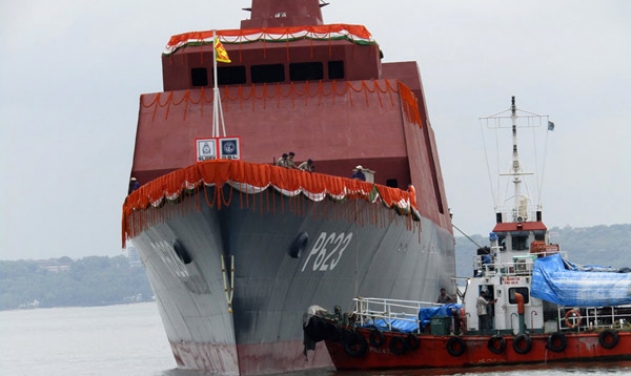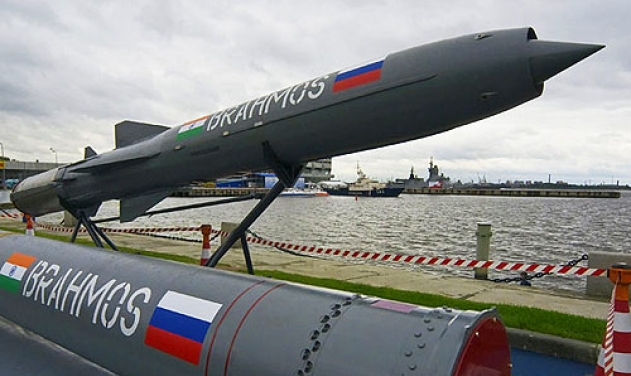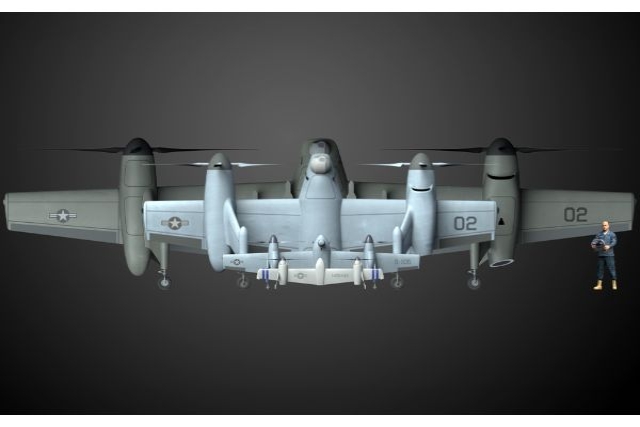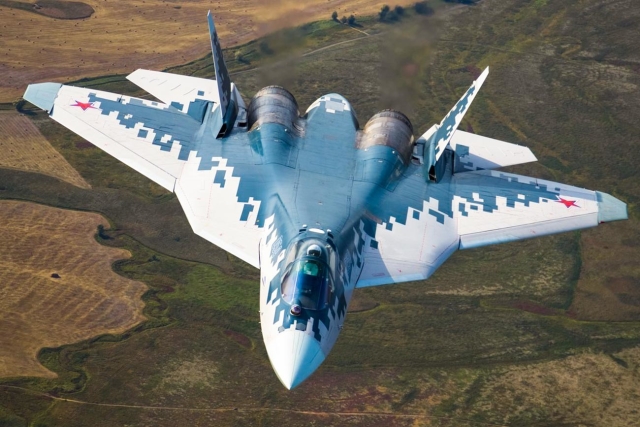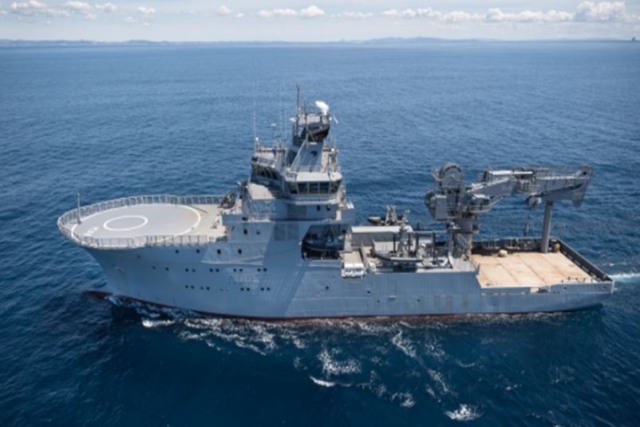India Fires Agni-II In Back-to-Back Missile Tests
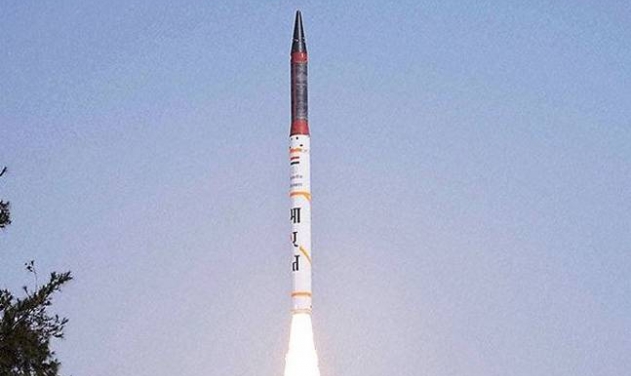
India has test fired nuclear capable Agni-ll Ballistic Missile Thursday from a mobile launcher in Abdul Kalam Island located at Eastern part of the country.
Fired in the morning from Abdul Kalam Island in Bhadrak district by the personnel of the Strategic Forces Command of the Indian Army, the missile has achieved its full range and splashed down at the pre-designated target in the sea with high degree of accuracy, various local media reported today.
The test was aimed at re-establishing the operational effectiveness of the missile system, Defence sources said.
The missile is equipped with avionics and advanced onboard computer. Moreover, the missile has the latest features to correct and guide in-flight disturbances.
The Naval ships tracked the vehicle homing on to the target, while a network of radars, telemetry and electro-optical instruments monitored the trajectory.
The Agni-II is one of the major weapon systems of India's nuclear deterrence programme. The 2,000-km plus range nuclear-capable missile was lifted from the Launch Complex IV.
After initial failures, India had in 2010 test-fired Agni-II. The test was repeated in 2014 and in succeeding test-firing exercises.
Developed as part of medium and long range Agni series of missile systems, - Agni-II has already been inducted into the Armed Forces. It is a two-stage solid propelled system and equipped with a special navigation system to achieve high degree of accuracy.
The missile weighs 17 tonnes and its range can be increased to 3,000 km by reducing the payload. It can be fired from both rail and road mobile launchers. It takes only 15 minutes for the missile to be readied for firing.
Agni-II can carry a payload of one ton, which is twice the estimated minimum weight of a nuclear warhead. And with a reduced payload of about 500 kg, its range could increase significantly.
